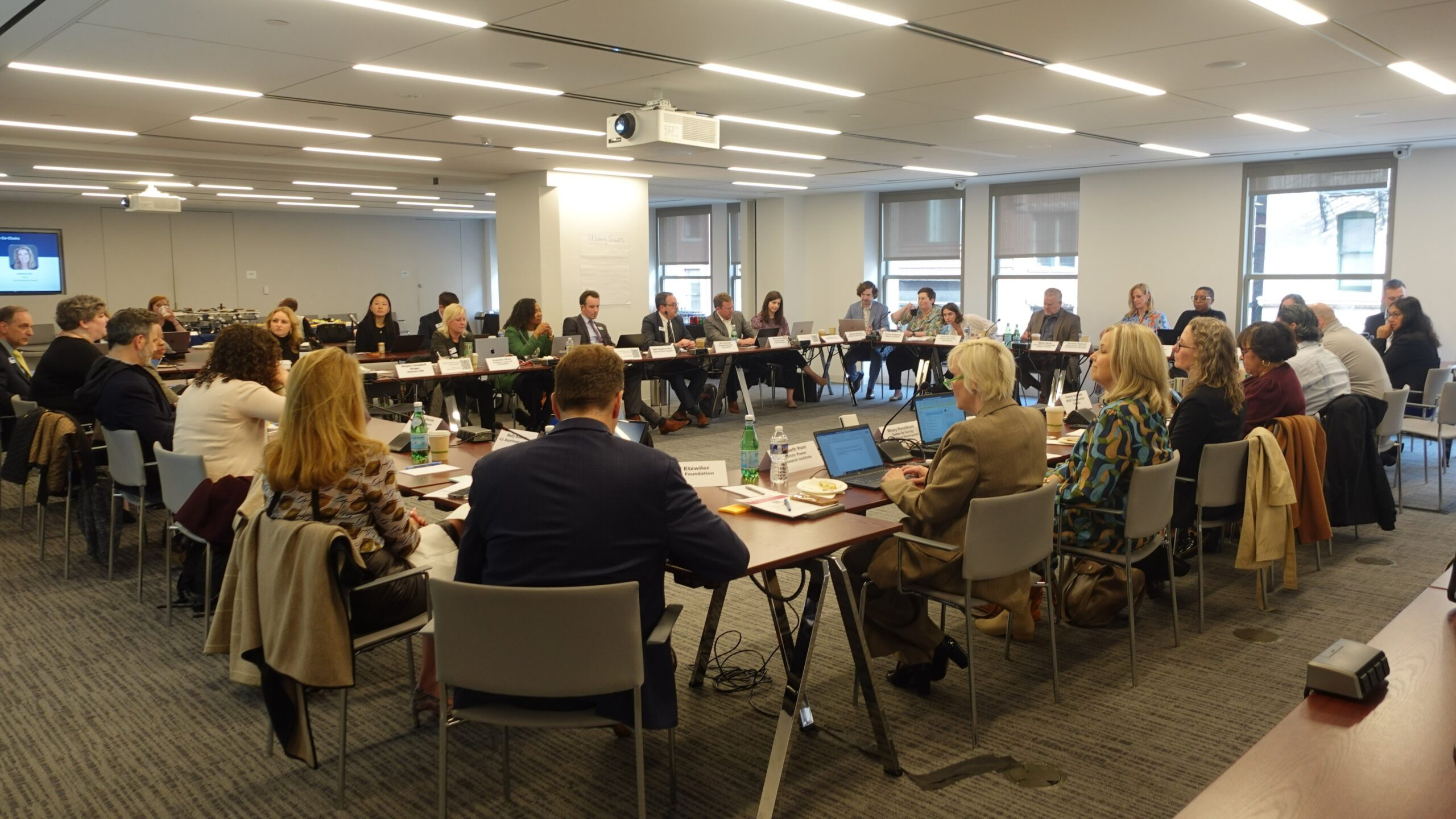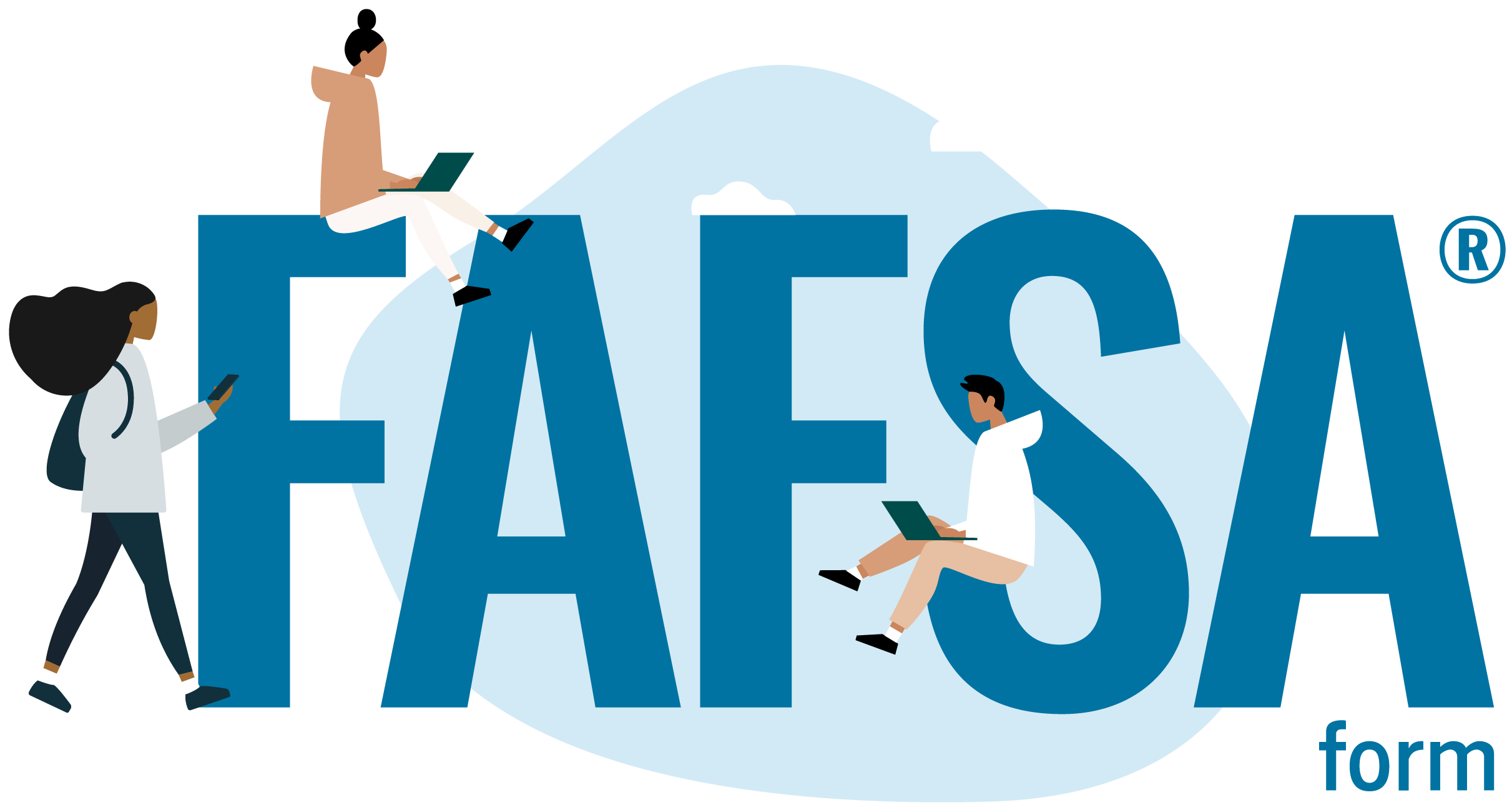Summary
The National Governors Association (NGA) released a comprehensive report, Aligning State Systems for a Talent-Driven Economy: A Road Map for States. The road map highlights the current disparities in the U.S. between the high number of jobs requiring advanced technical education and the dwindling population of workers with the skills to fill them. The report also identifies the process for governors to solve this challenge by aligning education and training with the needs of states’ economies.
The road map studies the results of 13 state participants in the NGA’s 2014 “Talent Pipeline Policy Academy.” The pipeline was formed in response to economic projections that 65% of future jobs will require some higher education credential. States are not currently situated to meet this minimum, as only 45.8% of working-age adults holding a certificate, associate, bachelor’s, or advanced degree. This sizeable gap between required skills and future employees presents a major challenge to economic growth prospects.
the four elements of strong state talent pipeline systems
- Communication: Articulate and communicate the state’s vision for an education and training pipeline that meets the needs of its economy.
- Public-Private Partnerships: Support and scale partnerships between industry and education to implement sector-specific strategies and career pathways.
- Policy and Resource Alignment: Align policy and the use of resources and incentives to support attainment of the new minimum.
- Data and Accountability: Integrate and use education and workforce data to inform policy, track progress and measure success.
the roadmap for meeting the new minimum
- Phase 1: Planning
- Assemble a leadership team
- Identify the problem
- Set a vision
- Phase 2: Prioritize Strategies for Each Talent Pipeline Element
- Communication
- Public-private partnerships
- Policy and resource alignment
- Date and accountability
- Phase 3: Implementation
- Develop and implement an action plan
- Monitor and assess progress and make adjustments
Conclusion
Governors and states recognize that postsecondary education is the new minimum for individuals and businesses to succeed, and many have embraced the value of linking their education and training systems to meet their talent needs. The states that participated in the Talent Pipeline Policy Academy from 2014 to 2017 made significant progress in taking this approach and implemented many strategies and practices that other states could replicate. The challenge of building a talent pipeline to achieve the new minimum has grown as a topic of national dialogue and critical importance. This road map can be an important tool for governors and states interested in talent pipeline systems change to meet the new minimum.












